a week in the bush: vol 23
on Oct 07, 2014In this week’s installment of ‘A Week in the Bush...’ we are going to be combining selected images taken over the last two weeks. Some of our readers may or may not be aware that we experienced some pretty intense fires in the area 2 weeks ago and as a result, we have fallen behind a touch in the blog department. We are happy to announce that all is under control though, and we look forward to bringing all of you up to speed with current events.
The bush has been alive with activity over the last couple of weeks, and both the guides and guests, have been in a state of perpetual bliss of late. The general game sightings have been phenomenal and the predator activity has been off the charts, especially pertaining to the spotted varieties. Without further a due though, let’s dive into it.
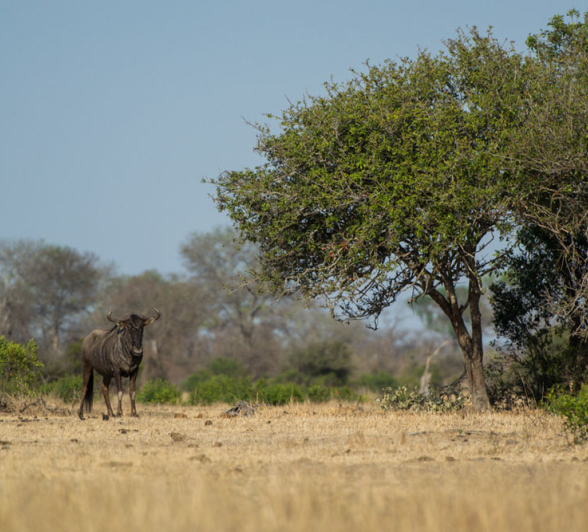
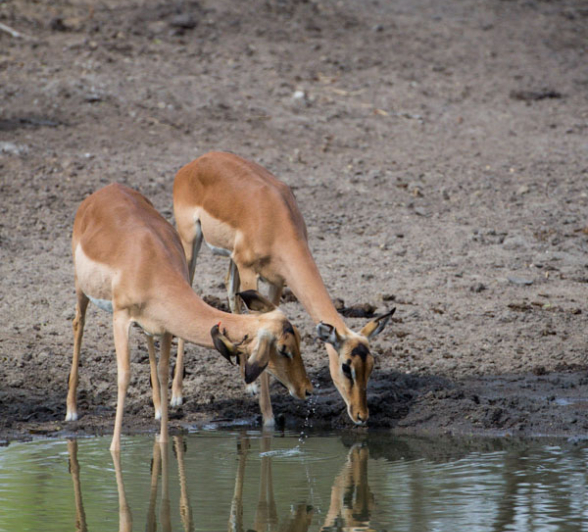
There have been hordes of elephants wandering through the property lately, from massive breeding herds full of young calves to some very impressive bachelor groups. It seems the elephants, like most antelope, have timed the birthing of their young to coincide the fast approaching rainy season. At the moment the bush is still fairly dry, but many tree species have begun to sprout fresh leaves and the elephants are taking full advantage. Elephants are such a joy to watch in most cases, but the additional thrill of having clumsy youngsters around has made these sightings all the more special.
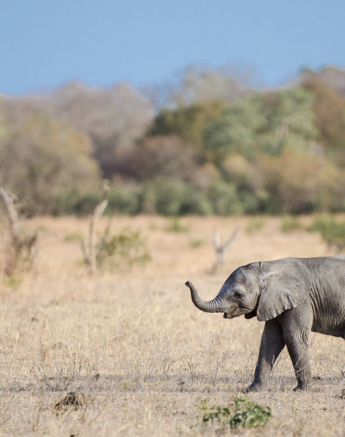
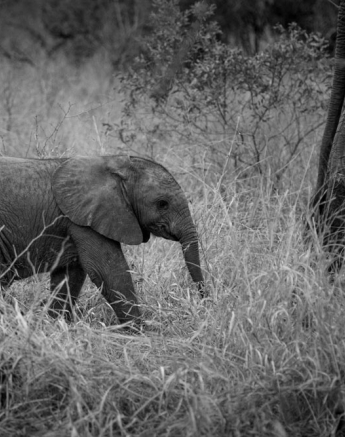
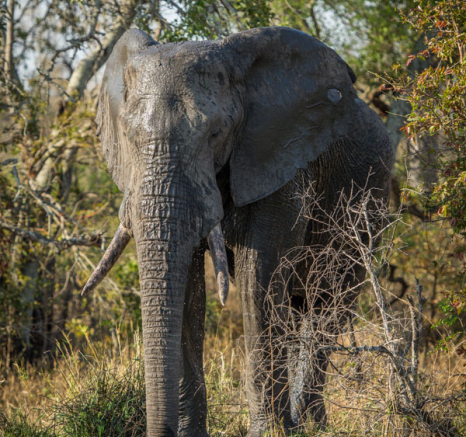
With the grasses at their lowest and most dry, we have been able to spot many Black-bellied Bustards with relative ease as they forage through the veld. These special birds will be making regular appearances fairly soon as they begin their search for mates during the summer months. They can often be seen on top of substantial termite mounds where they perform advertisement calls that have been likened to that of a champagne cork popping out of the bottle.

A male cheetah has been moving around the reserve and has been spending quite a lot of time with us at here Sabi Sabi. In the last couple of weeks, we have seen many failed hunting attempts as well as a few skillful executions and fortunately for him, he has actually been able to consume a substantial amount of meat before having to move off of the carcass. There has been far less pressure from the big cats and it is only when this is the case that one realizes just how successful this animal’s hunting techniques are in comparison to the stealthier lions and leopards.
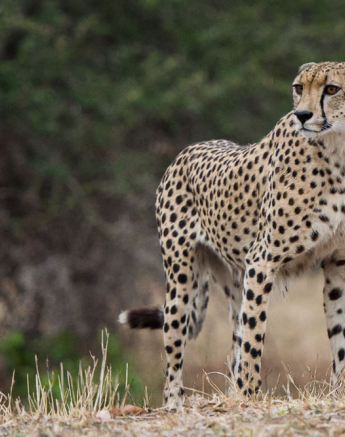
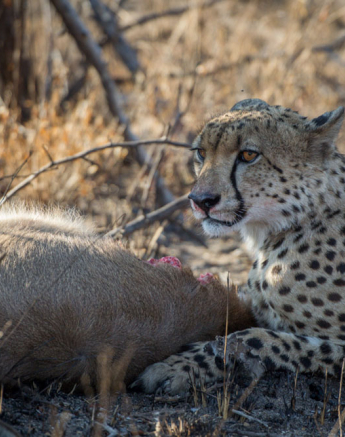
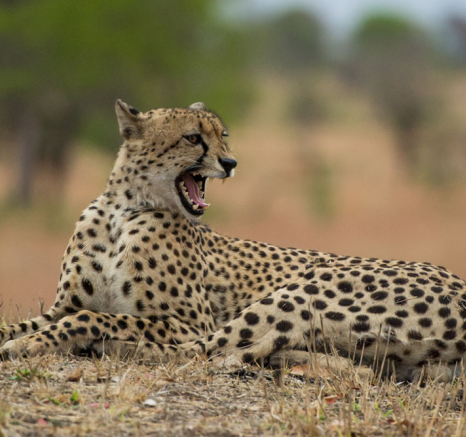
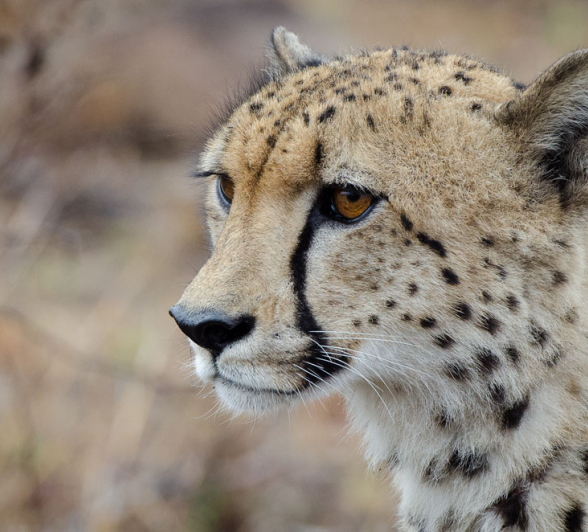
The most formidable opponent for both cheetahs and leopard is the hyena. They are quite a common sight in our area and incredibly switched on. I have seen them many a time steal a fresh kill from a leopard within minutes of it having made one, much to the frustration of the leopard. They have very keen senses, making them hard to evade and they are far more intelligent than we are lead to believe. In most cases I think that the hyenas are able to anticipate the movements of certain individuals in their area and I imagine that they all know each other intimately.
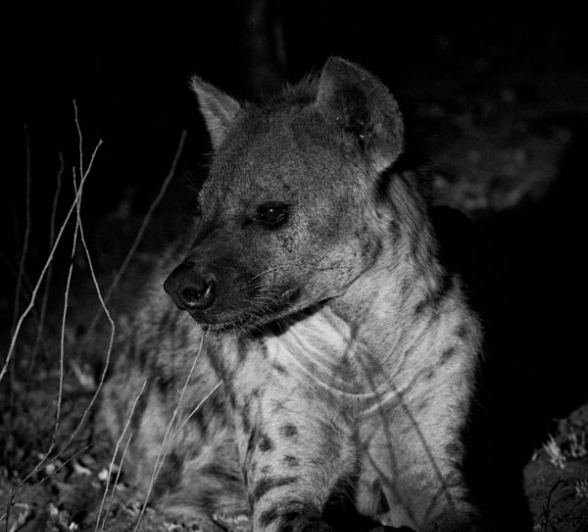
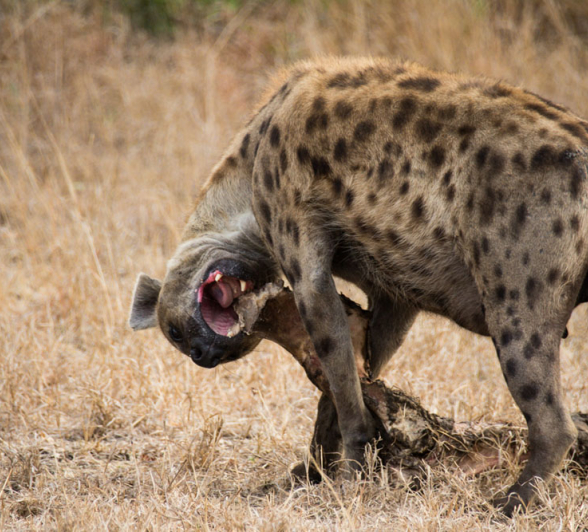
The Sand River males and Southern Pride girls have been fairly scarce of late, keeping south of our boundaries since Floppy Ear has given birth to cubs. They did however, pass through the reserve on a hunting mission and only seemed to secure a warthog, which was not much of a meal and really only consumed by one of the big males. They are all looking great though and look to be much more of a cohesive unit nowadays.

Solo has been hanging around quite a bit and particularly in the south of the reserve. There has been no further sign of him joining with the pride split or any males for that matter. He is still looking good though, but one has to wonder how he is going to survive when there is so much pressure from dominant males from all angles.

The Little Bush female and her young cub were tracked down one morning to where they had a kill in a tree. The female had clearly killed the animal, fed briefly and then went to fetch the youngster so it too could get a meal. This last remaining cub is looking to be in great condition and we have high hopes for the young male for the future.
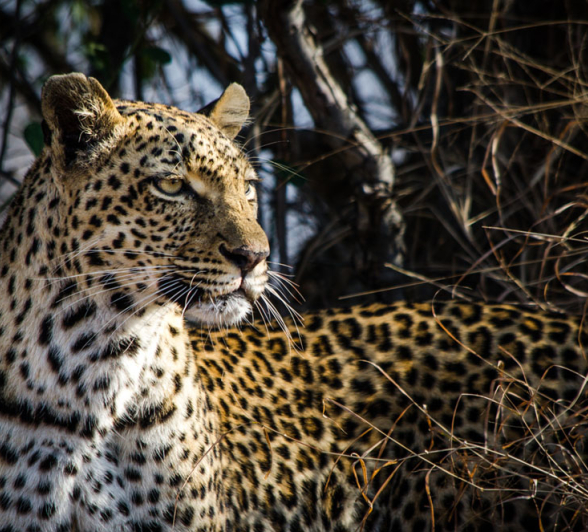
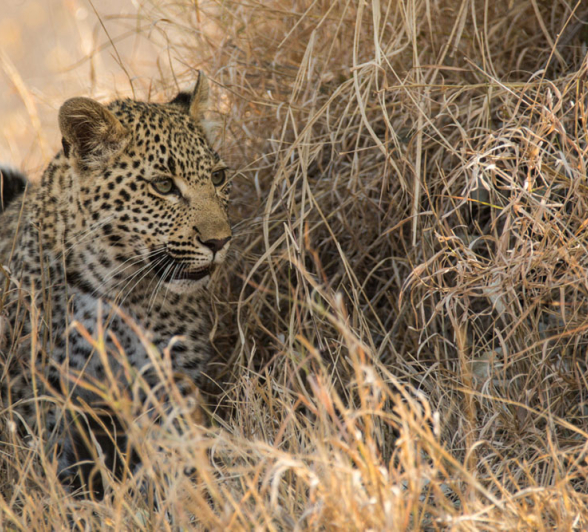
Maxabeni has been found patrolling regularly in various parts of the reserve and his lip has really healed up well. I was very impressed to see him the other day and there is almost no sign of the injury he had sustained in an encounter with the Mahlathini male a couple months ago. It is amazing at just how resilient these animals can be to wounds and infection. There are still rival males sneaking in to the territory to have a look around, but our resident male is making sure that all know who is boss here.

The young Tortillis male has been found quite frequently nowadays in absence of his mother, the Warthog Wallow female. This is in line with his current age, which is roughly 18 months, and we should see him becoming more and more independent in the months that follow. He has been hanging around Bush Lodge a fair bit, actively pursuing bushbuck in and around the lodge grounds. He is turning into a really handsome young male, but he will not be able to stick around for too much longer and will need to disperse in search of his own territory.

Nottins has been featuring prominently as usual, being spotted all over her current territory in search of food for her and her several month old cub. The two are both well and she has been working tirelessly to provide for the youngster, being seen hunting night and day. She is starting to show signs of aging now, but as far as I can see, she is still in fantastic condition for a sixteen-year-old leopard.
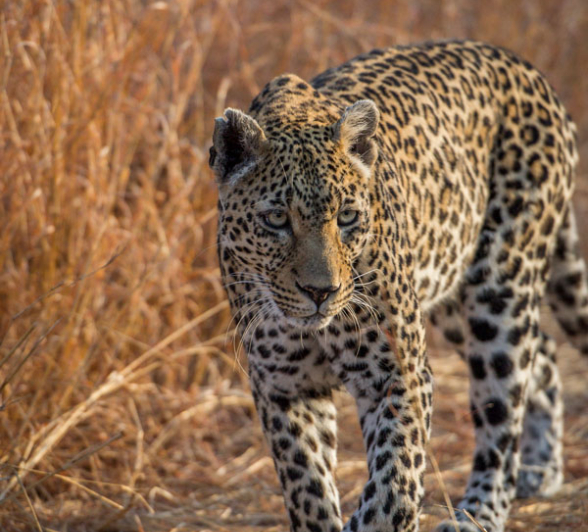
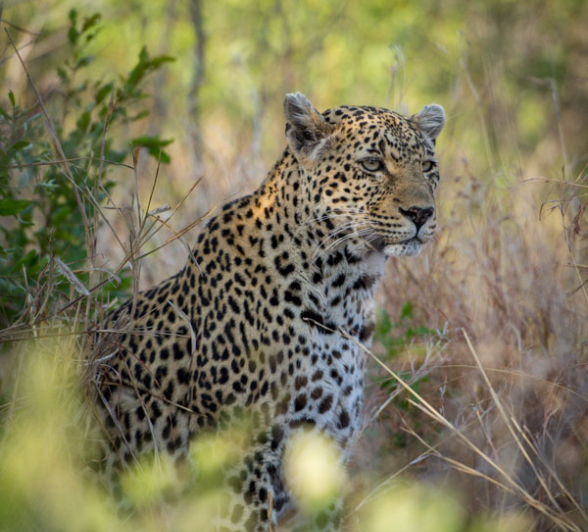
The Outcrop cub, as she has been dubbed, has settled with her mother in the southern part of the reserve, also being found her own frequently. She too is around 18 months old and should be dispersing as a young adult shortly. She seems to be growing in confidence every time we see her and we are hoping she sticks around. We had an incredible encounter with her and her mother some nights ago when they were found close to Earth Lodge on a bushbuck kill, and the Lisbon female decided to make an appearance. She clearly wasn’t too happy with the situation and proceeded to chase the young female up a Marula tree. Thankfully it didn’t escalate too far beyond that.
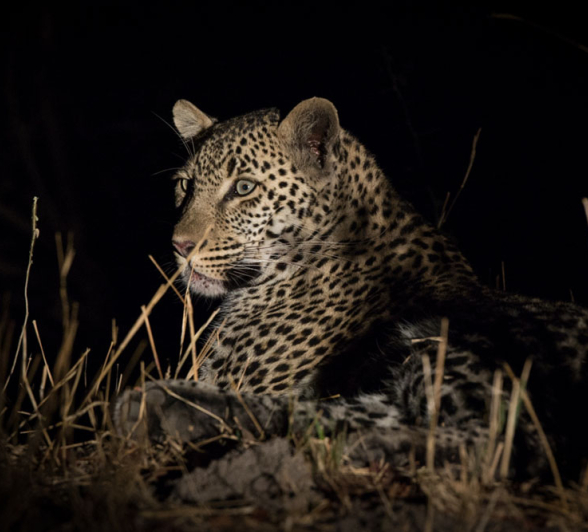
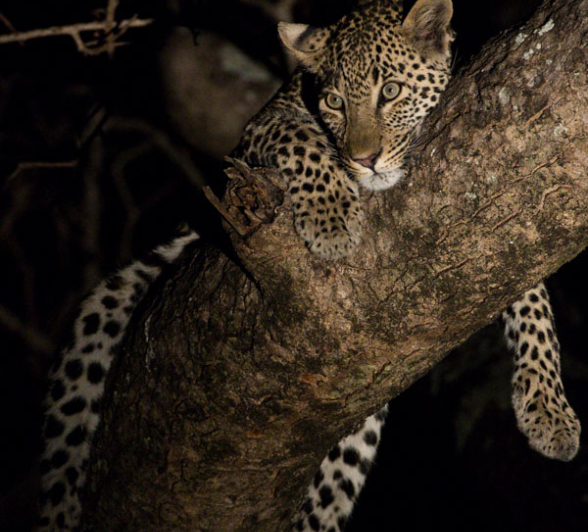
One of the highlights of the week was the return of the Wild Dogs to the reserve. Usually they can be seen passing through at a rate of knots, but this time around, they spent a good several days with us before either moving south over the Sabie River, or east into our neighbouring property. The dogs are always such a special treat to have them visit the reserve and they always give us explosive entertainment to watch. The seven pups seem to be doing alright, although one has a slight limp and the pup with the broken ankle is still hopping around. They appear a cheerful bunch though so I’m sure they’ll all be fine. It’s going be great to see them grow over the coming months.
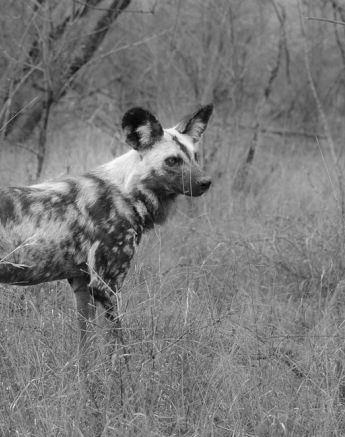
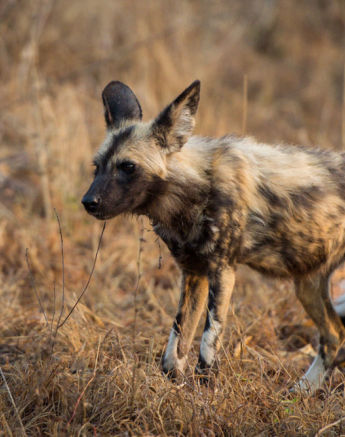
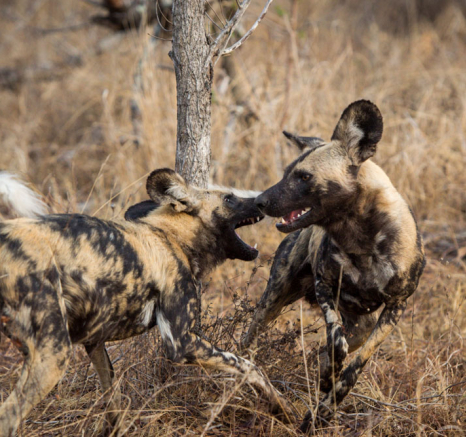
A creature very seldom seen on drive is the Serval and we were lucky to spot one in the week. It was in some long grass and difficult to photograph, but the sighting in itself was special enough. The female was hunting what sounded like vlei/cane rats, but she eventually aborted the mission and moved over to where she had stashed her kittens.

It has been an exciting and emotional couple of weeks for all of us here on the reserve, but all is back to normal and I look forward to bringing some more great content in next week’s blog post. Until next time...







